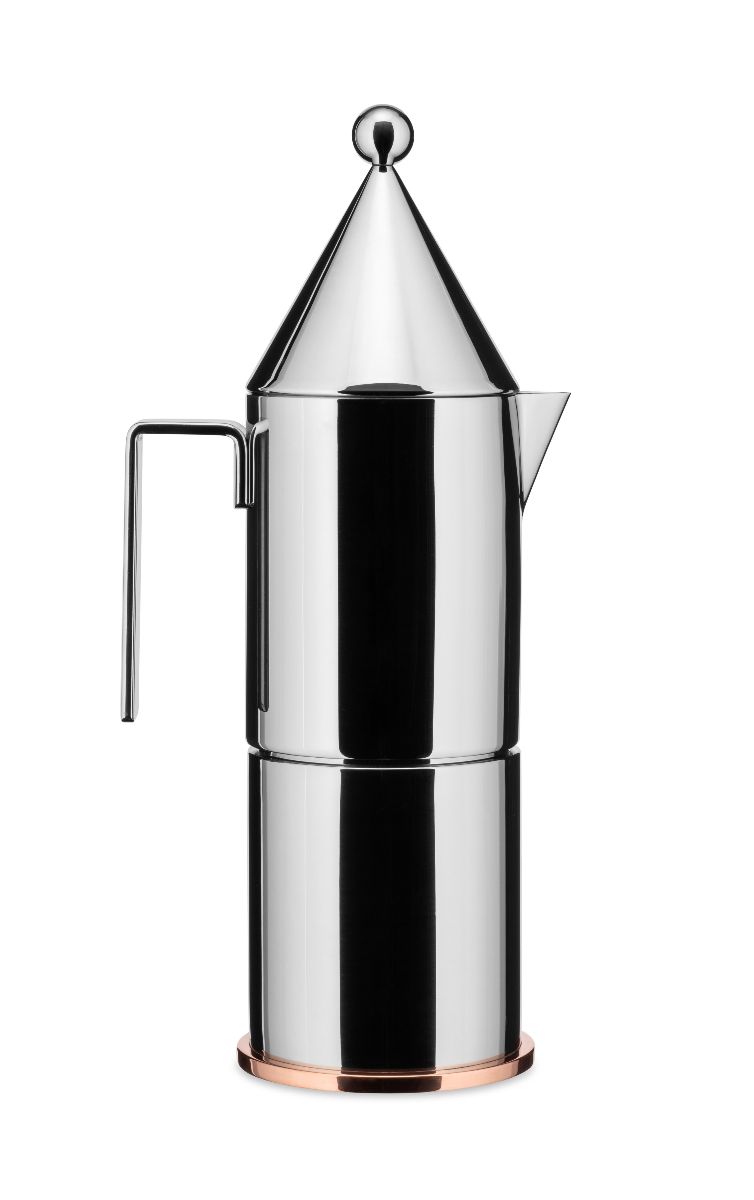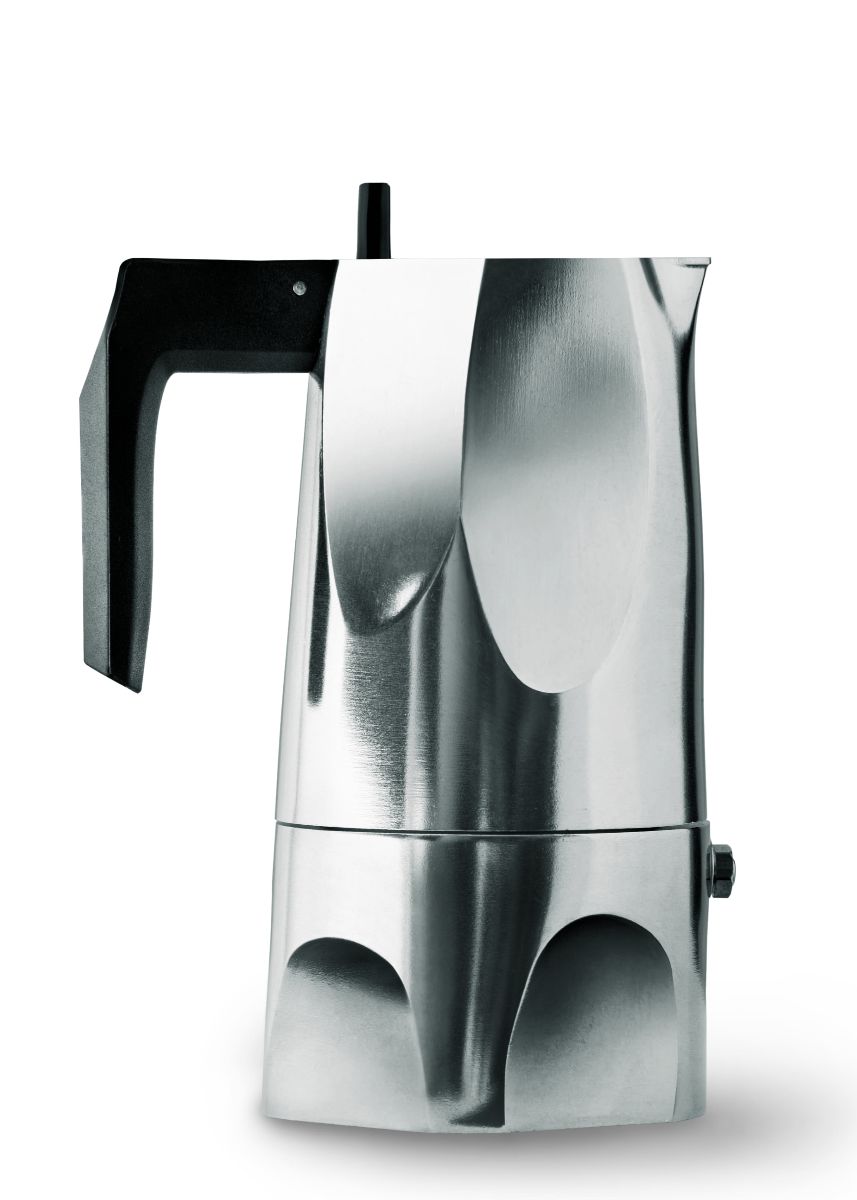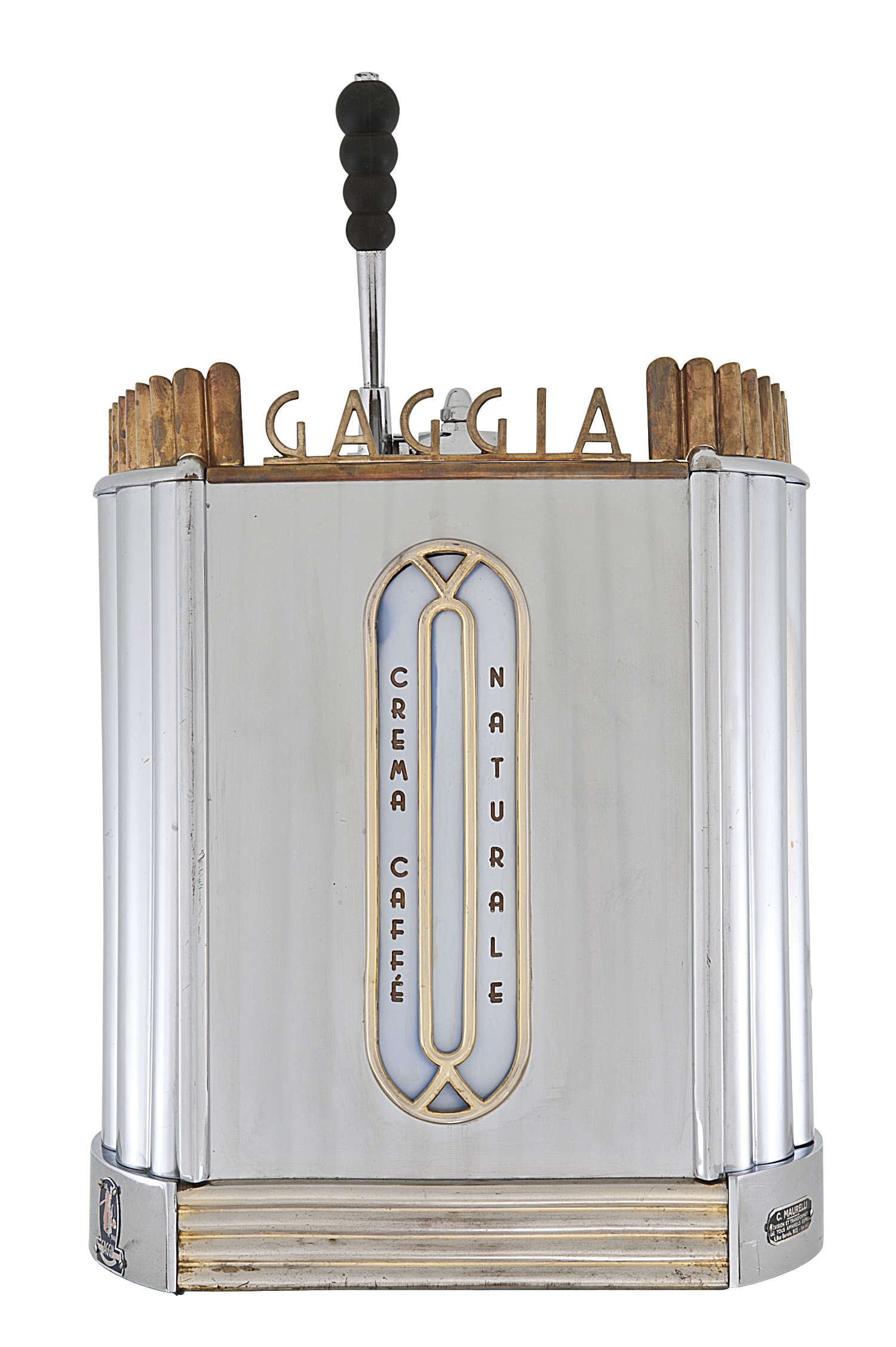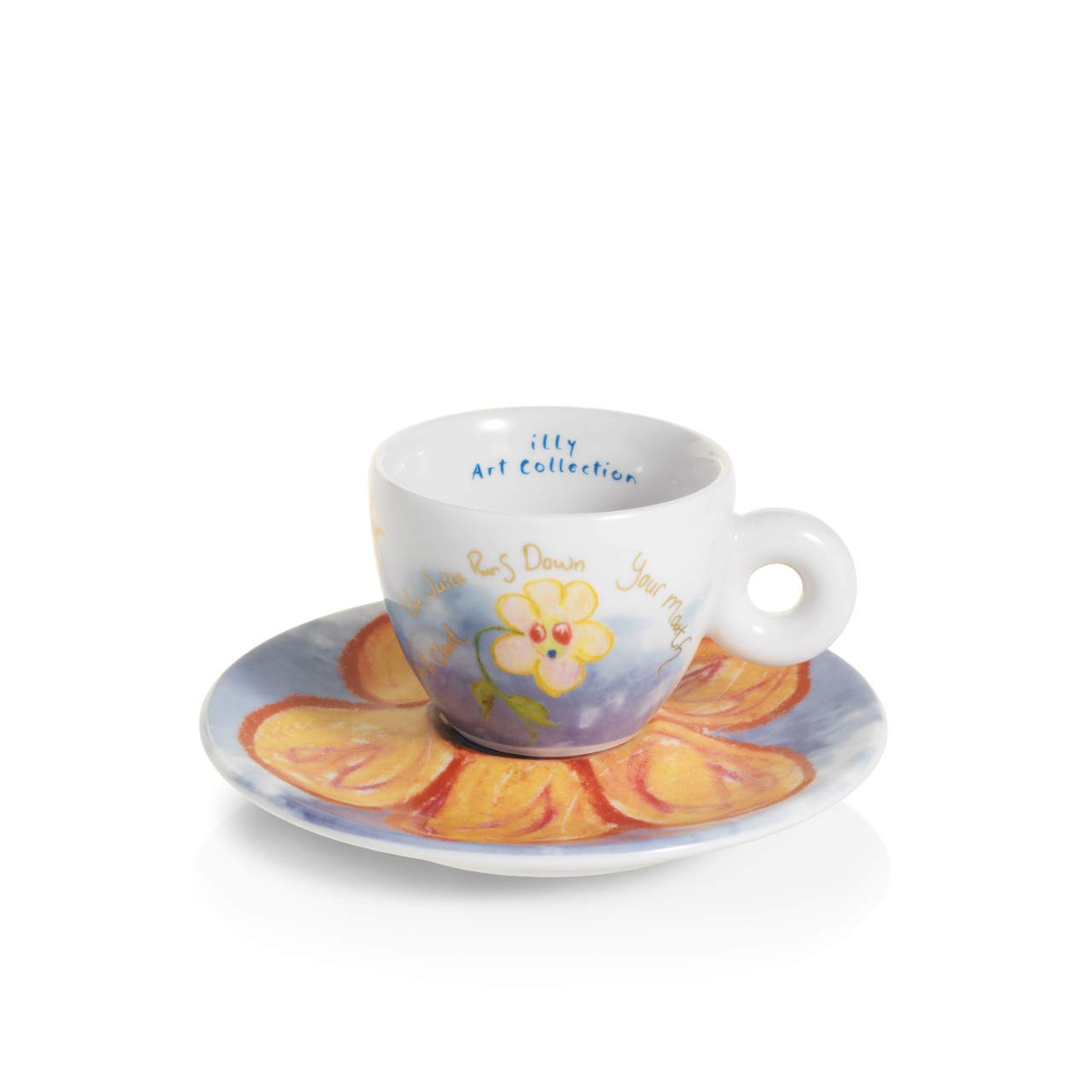The 150th anniversary of Italian emigration to Brazil with a double coffee review
Italian Design in Brazil: from Oct. 1, 2024 to Feb. 4, 2025 at the Museu do Café in Santos and from Feb. 21, 2025 to May 26, 2025 at the Museu da Imigração do Estado de São Paulo, in São Paulo, Brazil is presented a double exhibition entitled Italian Passion: The Art of Espresso curated by Elisabetta Pisu, which chronicles the evolution of the design and technology of coffee objects, tying in with the history ofItalian emigration to Brazil, which celebrates 150 years in 2024. On display are 60 domestic and bar machines, sets and coffee cups. The exhibition was created in collaboration with the Consulate General of Italy in São Paulo and the Instituto de Preservação e Difusão da História do Café e da Imigração. A historical exhibition recounts the evolution over time of innovations related to coffee machines and consumption habits, while also presenting a series of thematic insights, which analyze the social significance of the world’s most widely drunk beverage through places, domestic rituals and designers, among them: Italy’s historic cafes; the bar and the Italian way of life; the aesthetic evolution of the moka; the Neapolitan coffee maker and designer Riccardo Dalisi; Aldo Rossi ’s design between architecture and domestic landscape; The coffee ritual at home; Alessi: Tea & Coffee Piazza and Towers. Italy is the world’s third-largest importer of Brazilian coffee, after the United States and Germany, so Brazilian coffee is the basis of most espresso blends, testifying to the strong ties between our country and Brazil.





The exhibition features 60 objects, many of them rare and one-of-a-kind pieces, bearing the signatures of some of the greatest artists and masters of design, both Italian and international, as well as the most prestigious brands of made in Italy. These pieces include iconic works such as Alessandro Mendini’s Object banal coffee maker, created for the 1980 Venice Biennale, or the “towers” of the service designed by Massimiliano Fuksas and Doriana Mandrelli for Alessi that, together with Aldo Rossi’s La Conica and La Cupola, also produced by Alessi, mark the encounter between architecture and design. Among the objects on display are also some Alessi productions, such as Richard Sapper’s 9090 espresso coffee maker and Michele De Lucchi’s Pulcina, the 90018 Caffettiera Napoletana, and Riccardo Dalisi’s Tin Prototypes. Also on display are the illy Art Collection series of cups, decorated by contemporary artists such as the In Principio - Brazil cup by Sebastião Salgado, who photographed moments of coffee farmers’ activities. The exhibition also highlights the technological development of the industry with historic coffee bar machines from the collection of MUMAC, Cimbali Group’s Coffee Machine Museum. Among the models on display are the Snider Insuperabile, an Art Nouveau-style steam column machine produced in 1920; the Gaggia Tipo Spagna from 1952 with the revolutionary invention of natural crema; and La Cimbali Brillante, among the first with a lever brewing unit, also made in the same year, for brewing “cimbalino,” the name given to the coffee produced by the company’s machines. In addition, for domestic espresso machines, there is the lever model produced by La Pavoni in 2023, the 1950s-style ECF02 designed by Matteo Bazzicalupo and Raffaella Mangiarotti in 2023 by Smeg, and the Diva, designed by Andreas Seegatz, produced by Bugatti.
“The history of Brazil’s coffee industry is inextricably linked to the phenomenon of Italian migration to Brazil,” explains Domenico Fornara, consul general of Italy São Paulo. “The 1.5 million Italians who landed on Brazilian soil starting in 1870 worked mainly in coffee companies and it is thanks to the inestimable relevance of Italian labor that coffee, from being a typically Italian national symbol, became an element that forever linked two peoples and two cultures.”
“The selection of objects on display speak of Italian creativity and the drive for innovation, which have always characterized made-in-Italy design,” explains curator Elisabetta Pisu “But it also tells us much more, it tells of Italians in Brazil, of how our culture was the bearer of new habits and inaugurated overseas a social ritual, a symbol of our country. Along with this, the exhibition highlights the strong bond between Italy and Brazil, a mutual relationship that has fully invested the business world as much as the love for espresso coffee.”
 |
| The 150th anniversary of Italian emigration to Brazil with a double coffee review |
Warning: the translation into English of the original Italian article was created using automatic tools. We undertake to review all articles, but we do not guarantee the total absence of inaccuracies in the translation due to the program. You can find the original by clicking on the ITA button. If you find any mistake,please contact us.





























